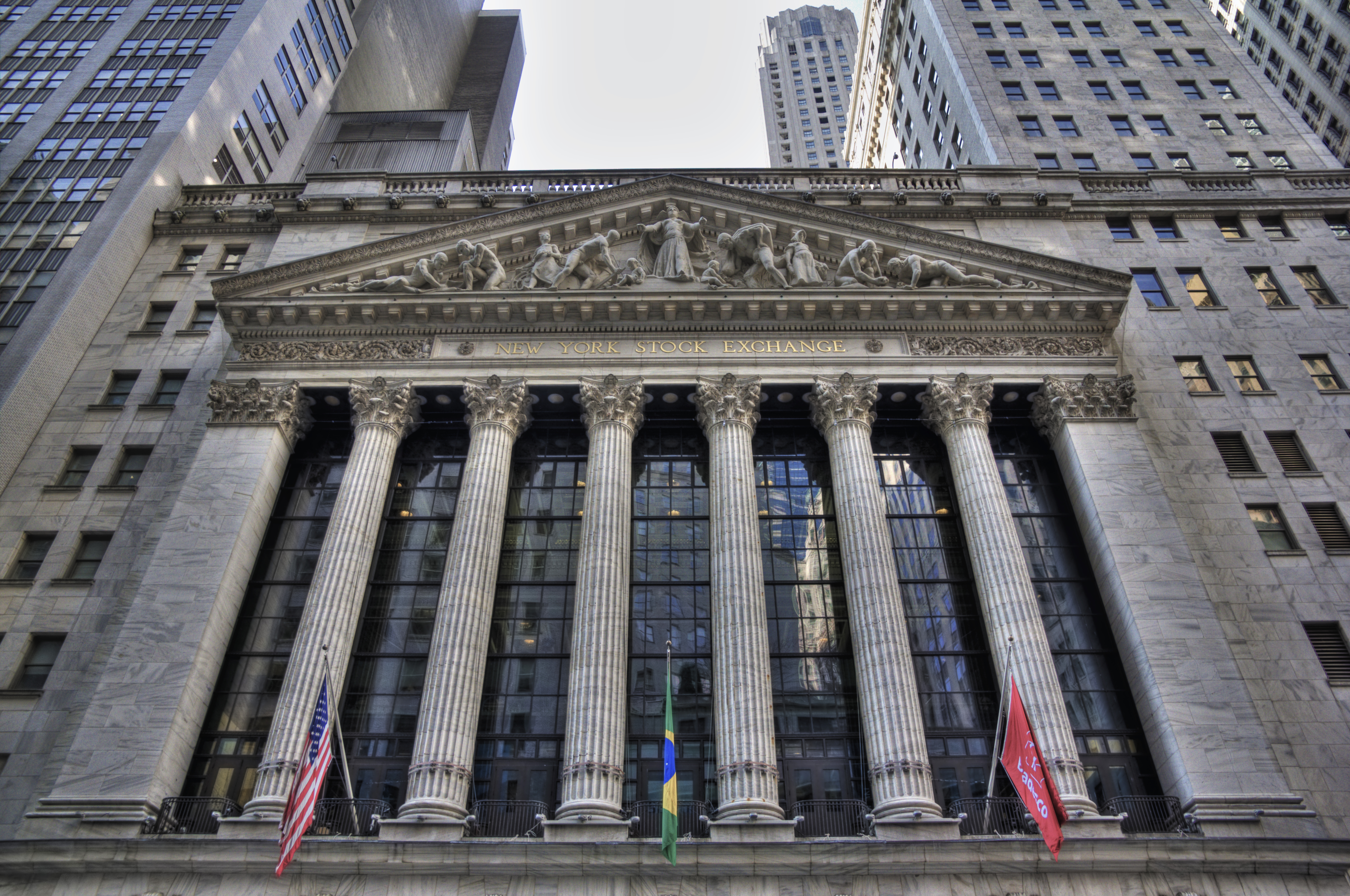Stock Exchanges and Clearing Houses
- Introduction to Stock Exchanges
- Mechanics of Stock Trading
- Basics of Clearing Houses
- Interplay of Stock Exchanges and Clearing Houses
Interplay of Stock Exchanges and Clearing Houses
Interface of Stock Exchanges and Clearing Houses

Organization that provides services for stock brokers and traders to trade securities.
The financial world is a complex web of institutions and systems, each playing a crucial role in maintaining the stability and efficiency of markets. Two of these key players are stock exchanges and clearing houses. Understanding their relationship and how they interact is essential to grasp the broader picture of financial markets.
Relationship Between Stock Exchanges and Clearing Houses
Stock exchanges and clearing houses are two sides of the same coin in the financial world. While stock exchanges provide a platform for buyers and sellers to trade securities, clearing houses act as intermediaries to ensure that these trades are executed smoothly and efficiently.
The relationship between these two entities is symbiotic. Stock exchanges rely on clearing houses to confirm and settle trades, reducing the risk of default by either party. On the other hand, clearing houses depend on stock exchanges for their very existence, as without trades, there would be no need for a clearing process.
Daily Interactions
On a daily basis, stock exchanges and clearing houses interact in a seamless manner. Once a trade is executed on a stock exchange, the details are sent to the clearing house. The clearing house then matches the details of the trade, confirms it with both parties, and initiates the process of transferring the securities and funds.
Role of Clearing Houses in Settlement of Trades
Clearing houses play a pivotal role in the settlement of trades executed on stock exchanges. They act as a counterparty to both sides of a trade, ensuring that the obligations of the trade are fulfilled. This process, known as novation, significantly reduces the risk of default.
Once a trade is confirmed, the clearing house calculates the net obligations of each member, based on their trades. On the settlement date, the clearing house ensures that securities and funds are transferred between the parties. This process of netting reduces the number of transactions, making the settlement process more efficient.
Trade Confirmation, Clearing, and Settlement
The process of trade confirmation, clearing, and settlement is a complex one, involving multiple steps. Once a trade is executed on a stock exchange, it is confirmed by the clearing house. The clearing house then calculates the net obligations of each party and initiates the process of settlement. On the settlement date, the securities and funds are transferred, completing the trade.
In conclusion, the interface of stock exchanges and clearing houses is a complex, yet efficient system that ensures the smooth functioning of financial markets. By understanding this relationship, one can gain a deeper insight into the workings of the financial world.